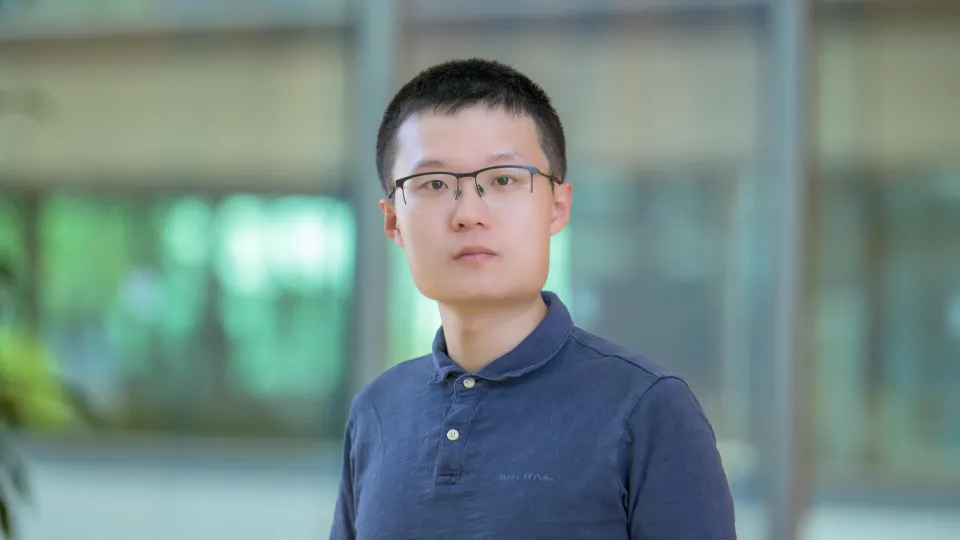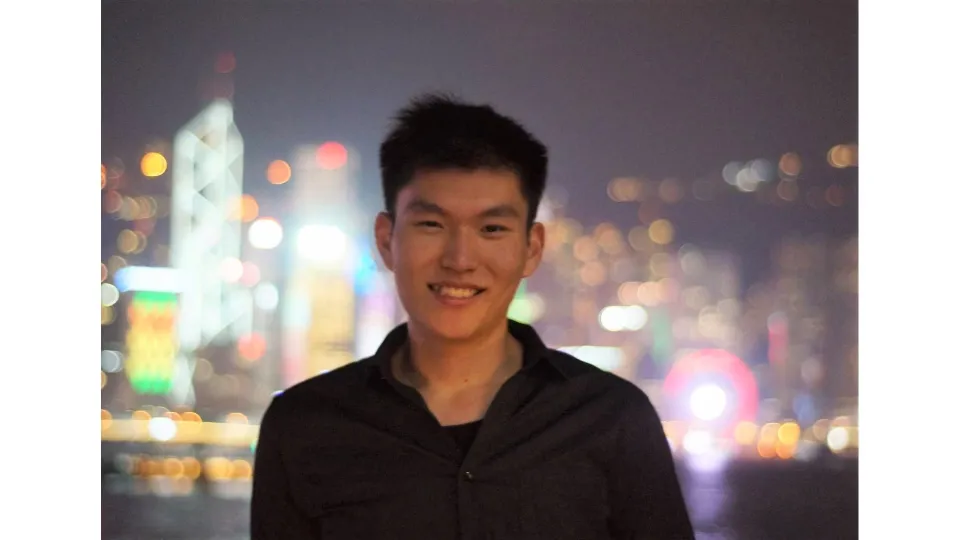
Guidelines for Cellular Deconvolution in Spatial Transcriptomics
About
A recent Nature paper titled "A comprehensive benchmarking with practical guidelines for cellular deconvolution of spatial transcriptomics" by Haoyang Li, Juexiao Zhou, Zhongxiao Li, Siyuan Chen, Xingyu Liao, Bin Zhang, Ruochi Zhang, Yu Wang, Shiwei Sun, and Prof. Xin Gao evaluates 18 existing cellular deconvolution methods used in spatial transcriptomics using 50 real-world and simulated datasets. To measure accuracy, robustness, and usefulness, the authors compare the approaches using various metrics, resolutions, spatial transcriptomics technologies, spot numbers, and gene numbers. The document includes a decision-tree-style guideline to assist readers in selecting the appropriate solution for their individual needs. The guidelines contain suggestions for scenario-specific solutions that take into account computing efficiency and data resource features.
Spatial transcriptomics methods profile transcriptomes while retaining spatial information, allowing for high-resolution analysis of transcriptional patterns and reconstruction of tissue architecture. Low-resolution areas with many cells of mixed cell types, on the other hand, might obscure actual transcriptional patterns, leading to biological misconceptions. As a result, cellular deconvolution is critical, since it measures the fraction of all cell types among collected spots. According to the benchmarking research, CARD, Cell2location, and Tangram are the top techniques for doing cellular deconvolution.
The study makes a significant addition to the subject of cellular deconvolution by delivering a thorough review of existing approaches and providing users with practical suggestions for picking the optimal method based on their individual requirements. This technique may aid researchers in better comprehending intercellular processes and recovering a fine-grained panorama of diverse tissues, resulting in a better knowledge of illnesses and better treatment possibilities.
To read the paper click here.




